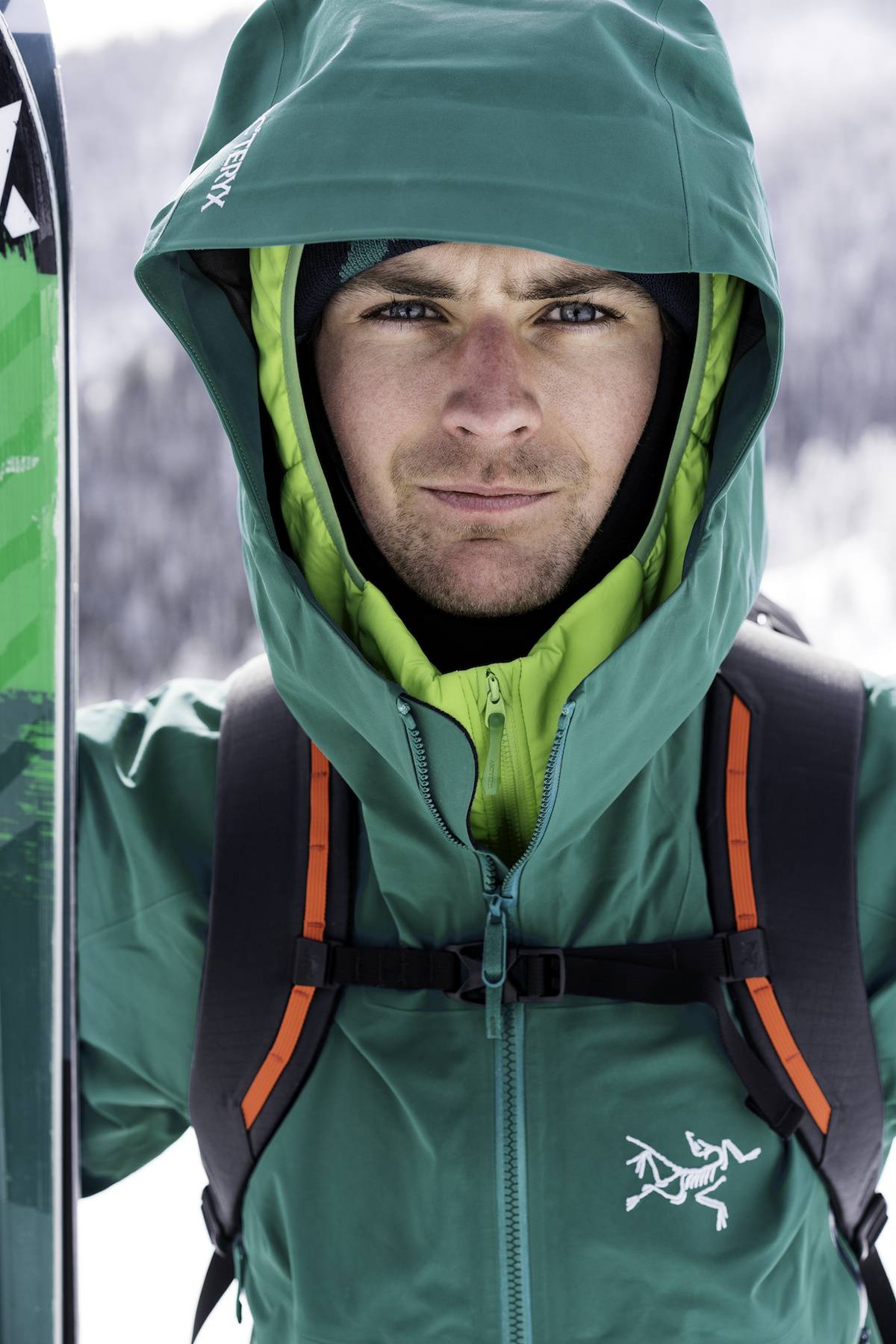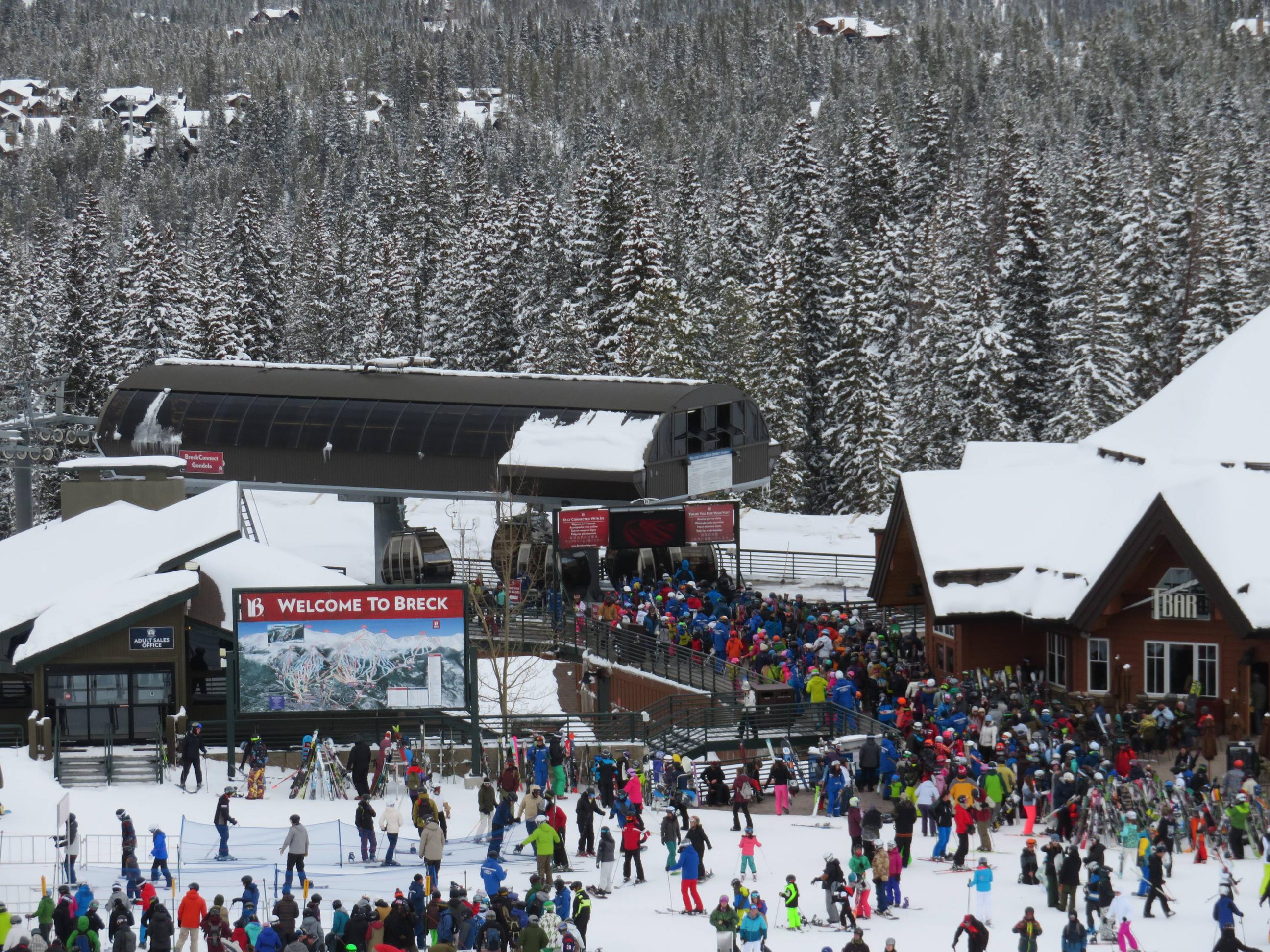
All mountaineers need a ski jacket, but selecting the right one can be difficult. A variety of factors need to be considered, such as the type of skiing planned and your personal style.
The best ski coats 2022 are designed to protect you without adding weight. These jackets are waterproof, breathable and come in various styles to fit your needs.
The waterproof ski jackets usually have a Gore-Tex membrane or an equivalent that is designed to block out the rain, wind, and snow. A face fabric treatment is often included to keep skin dry. Some jackets have a durable waterproof-repellent (DWR), which helps to prevent the outer shell from getting saturated with water.
Humphrey emphasizes the importance of breathing ability. "It's a matter of how well your ski jacket moves the moisture away from you," says Humphrey. The better the breathability of your ski jacket, the less you'll sweat on powder days. This is because you can quickly remove any excess heat by pulling in air from the ventilation.

For backcountry and mountain athletes, choosing the best breathability can be crucial. In this regard, a jacket scoring 20,000 or higher will be most effective.
Insulated jackets for skiing are great for deep winter backcountry or on-piste skiing. These jackets, which are usually lighter than shells and have a thermal liner to retain heat without adding bulk and creating cold spots, include a thermal layer that's meant to retain warmth.
For those looking for the highest level of protection, look for a jacket with a Gore-Tex or equivalent shell fabric and a Gore-Tex Pro or similar waterproof membrane. This is a great choice for serious skiers, as the Gore-Tex membrane is very durable and will last a long time.
You'll need a ski jacket that has a minimum waterproof rating of 10,000 mm. This is sufficient for most resort skiers and backcountry skiers, although some advanced fabrics offer 30,000 mm of protection.
If you want something a little more eco-friendly you can go for a shell with recycled polyester, or a fabric made without PFCs. These materials tend to be less expensive and better for the planet than more conventional materials.

Some backcountry skiers aren't always comfortable with the idea of wearing a full-on shell, so a ski jacket that offers both a lightweight layer and a heavier one is an excellent option. Arc'teryx Sabre stands out in this category. It offers a premium 3-layer Gore-Tex with an insulated soft-touch inner liner. This adds warmth, while also boosting comfort and mobility.
Apart from its premium qualities, this shell is made to be worn in conjunction with a back pack. Therefore, there are no shoulder seas. This makes the shell more comfortable and reduces chafing. It comes with a helmet compatible, media-specific pocket, wrist gaiters as well as a hood.
The REI Co-op ThermoBall eco Snow is a stylish, comfortable and versatile jacket. It features a premium-quality, stylish and comfortable design. There are also many storage pockets and valuable features.
FAQ
What should vacationers bring?
You must know what you want from your holiday. This is not about packing clothes. You should also consider where you are going to be staying and for how long.
The first thing you need to do is think about what types of activities are most appealing to you. You might want to go scuba diving if your destination is exotic. You might also want to participate in local festivals and events if you plan to stay longer.
It is crucial that you inform the people responsible for your care if you have any health problems. They can then plan accordingly.
What should I do if I want to buy travel insurance
Travel insurance is essential for anyone who plans to go on an adventure. In fact, you should make sure that you get cover for all types of adventure sports.
If you plan on skiing, make sure that you have health insurance. You should also consider getting coverage for theft, damage, and loss.
It is also worth considering purchasing cancellation cover. This means that you can cancel your holiday without paying any penalties.
It is also a good idea if you are able to get emergency evacuation cover. This includes being taken off the mountain in case of an avalanche or other natural disaster.
What should you do first when you arrive at your destination?
It is a good idea to have a plan for when you get to a destination. It lets you know what's expected and where to go.
Planning ahead is essential to avoid being late for any important events.
If you plan to spend more than one day in a given city, it is important to research the museums, parks and landmarks that you would like to see.
A map of the area is a great way to start researching the region's past.
How can I travel light?
There are many options when it comes to packing for a trip. But here are a few tips to help you choose what to bring along.
-
Only bring what you need.
-
Pack only what you'll actually wear.
-
Avoid buying too many things.
-
Be sure to have plenty of space in your suitcase
-
Always double-check that you've packed everything you need.
-
You can take advantage of our free storage facilities
-
Instead of purchasing bottled water, use reusable water bottles.
-
A backpack is better than a luggage.
-
Walk or cycle whenever possible instead of using public transport.
-
Pick the right size bag
-
Avoid carrying heavy objects.
-
You should be prepared for every eventuality
-
Nothing should be left behind
Statistics
- You can use compression sacs or cubes to reduce the volume of your clothes by up to 80%—this is especially convenient for bulky items such as sweaters and jackets. (eaglecreek.com)
- That's an 18% jump from 2019, the previous record year. (travelandleisure.com)
- Alcoholic beverages with more than 24% but not more than 70% alcohol are limited in checked bags to 5 liters (1.3 gallons) per passenger and must be in unopened retail packaging. (tsa.gov)
- Alcoholic beverages with 24% alcohol or less are not subject to limitations in checked bags. (tsa.gov)
- Case in point: the private island of Ilha Caldeira, less than seven miles off the coast as part of the Primeiras and Segundas Archipelago, is located within the marine-protected area with 20 percent of the country's intact living coral. (travelandleisure.com)
External Links
How To
How to plan for your next vacation
Planning a trip involves many things like booking flights, hotels, car rentals, activities, etc. It involves important considerations like your budget, destination choice, weather forecast, etc.
These are important points to remember when planning your next vacation.
We have put together a step-by–step guide to help plan your next vacation. This guide has been compiled using customer feedback as well as our own experience. We hope that by following this guide, you can plan your next vacation without any hassle.
Steps:
-
Your Budget Plan - It is important to plan your budget before you start planning your trip. Before you can start planning where and what you will do, you must first know how much you are willing to spend. If you don’t have sufficient money, you may have to cancel your travel plans.
-
Book Your Flights - After determining your budget, the first thing you should do is book your tickets. Find the best price and lowest flight deal. You should also check to see if any airlines offer special deals during specific seasons. These deals can save you lots of money.
-
Your Destination - Now that you've booked your plane ticket, it's time to choose where you want. Multiple factors will play a role in choosing the destination you choose, such as location (wherever you are), climate (what season), culture (how friendly and affordable it is), cost (how affordable it can be) and cost.
-
Find Accommodations. There are many accommodation options available, from inexpensive hostels to luxury suites. The type of accommodation you choose will depend on your preferences and needs. If you need to be near the city center, a hotel may not suit your needs. However, homestays may be more suitable for you if your preference is quieter and away from crowds.
-
Select Activities and Attractions. Now, after you've selected your accommodation it is time to pick the activities or attractions that you would like to add to your itinerary. Depending upon the length of your stay you have two options: choose just a few activities, or add many more to your itinerary.
-
Select Activities and Attractions - Now it's time for you to plan your itinerary. You should follow a set schedule to get the most out of your trip. It's okay to be flexible and enjoy your vacation more.
-
Create itinerary – This allows you to organize all of the details for your trip. These information can include flights, accommodations, activities and restaurants. You will need to record them all and make a list.
-
Research Online – Make sure you research everything before you leave on your trip. To find out what other travellers think about different destinations, read reviews and testimonials. This will allow you to plan your trip accordingly.
-
Pack Lightly - One of the biggest mistakes people make when packing is bringing too many clothes. Do not bring more than three sets of clothes. Bring clothing appropriate for the weather you're visiting.
-
Be prepared. Before you leave for your trip, make sure that everything is in order. Don't waste time searching for important documents in transit.